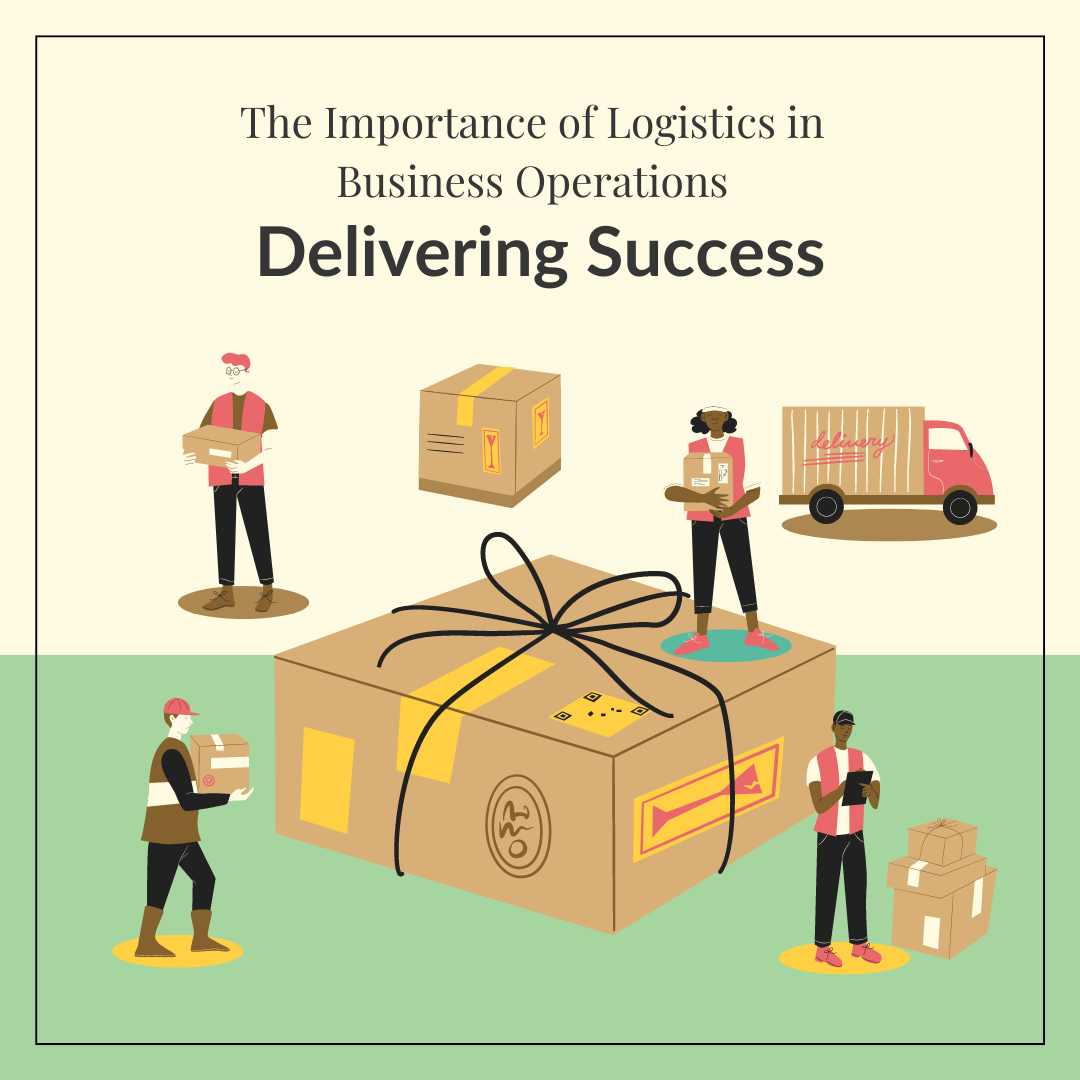Business Management | Resources
Delivering goods and services to customers rapidly and effectively is crucial for success in today's fast-paced business climate. This is where logistics, which includes the management of shipping, warehousing, stock, packaging, and information flow, comes into play. Effective logistics management may enhance productivity, save costs, and provide businesses with a competitive edge. It can also raise customer happiness. Logistics, nevertheless, also presents difficulties like high transportation costs, poor inventory control, and supply chain disruptions. In this blog, we will examine the value of logistics in business operations as well as its advantages, prerequisites, difficulties, and winning tactics. You will have a clearer understanding of how logistics might benefit the performance of your company at the end of this piece of content.







